Sparta, the famed city-state of ancient Greece, was renowned for its formidable citizen soldiers and uncompromising military culture. From the rigorous training of young boys to the combat prowess of its women, Sparta‘s dedication to martial excellence was unparalleled. Today, the well-preserved ruins of Mystras, the once-thriving Byzantine capital, stand as a testament to this legendary period, offering visitors a glimpse into the region’s illustrious past. Whether you’re captivated by the grandeur of Spartan history or the architectural marvels of Mystras, this tour promises to transport you to a time when the art of war was elevated to an art form.
Key Points
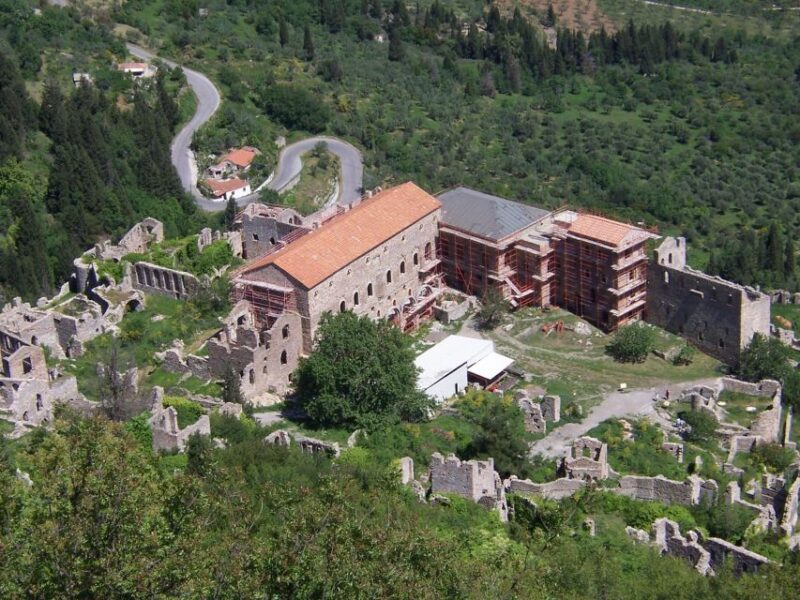
- Sparta, founded by the Dorians, was renowned for its citizen soldiers, strict military training, and powerful army that dominated the ancient world.
- Spartan boys underwent rigorous physical and mental training from a young age to develop discipline, combat skills, and unwavering commitment to military excellence.
- The Menelaion in Sparta offers a window into the city-state’s illustrious past, showcasing artifacts and remains from its Bronze Age palace and Classical/Hellenistic shrine.
- Mystras, the capital of the Despotate of Morea, was a bustling Byzantine city with well-preserved ruins, fortifications, and impressive religious structures like the Metropolis Cathedral.
- The archaeological sites in Mystras, such as the Kastro (castle) and the Metropolis Cathedral, provide a glimpse into the city’s role as a religious and administrative center during the Byzantine era.
The Spartan City-State
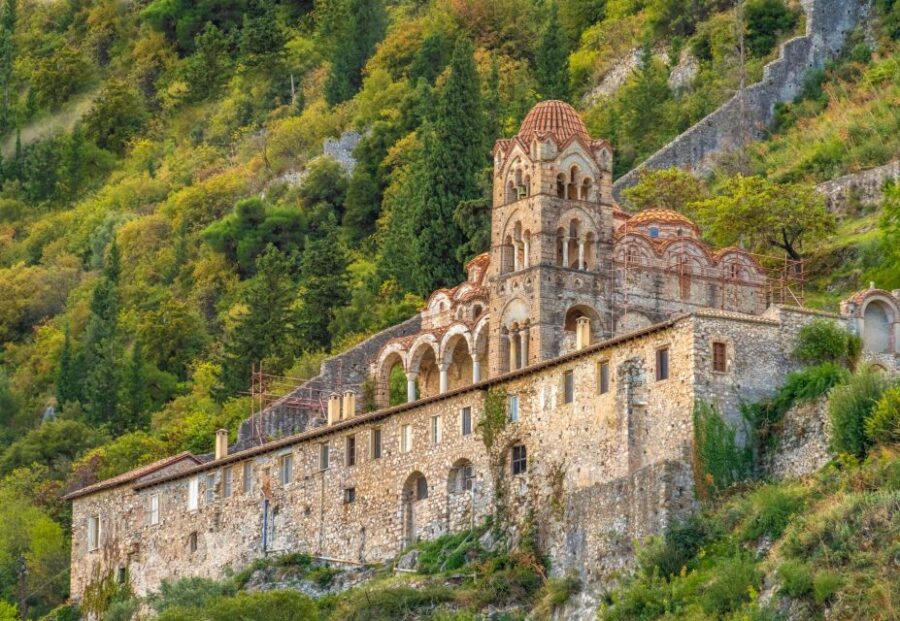
Sparta was a city-state founded by the Dorians in the 11th century BC, known for its citizen soldiers, strict military training, and powerful army.
The Spartans were famous for their disciplined way of life, which emphasized duty, honor, and obedience. They were trained from a young age to be physically and mentally tough, with a strong emphasis on military skills and combat.
The Spartan army was renowned for its formidable hoplite infantry, which played a crucial role in the city-state’s military victories. Sparta’s focus on military strength and discipline made it a dominant force in ancient Greece, and its legacy continues to captivate historians and travelers alike.
You can also read our reviews of more tours and experiences in Sparta.
Military Training and Citizen Soldiers
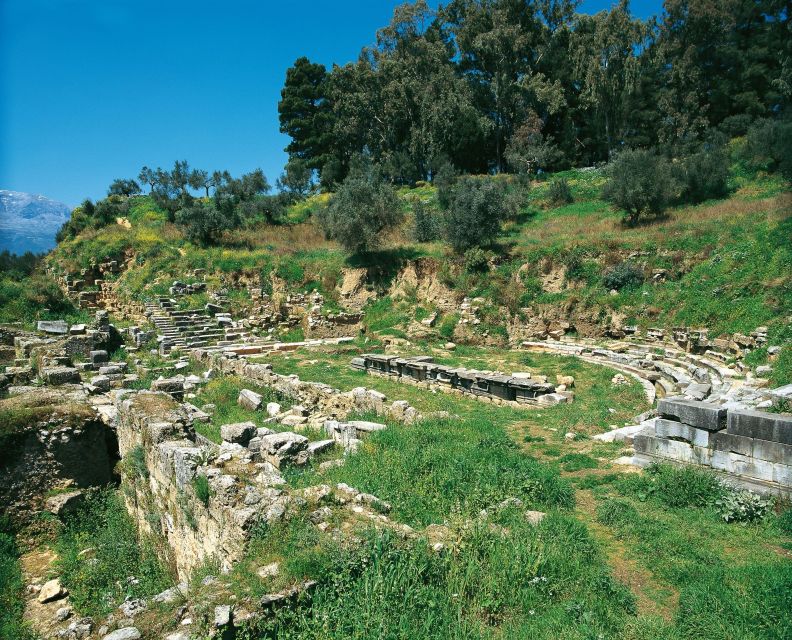
Spartans were rigorously trained from a young age, instilling in them the discipline and combat skills that made their army so formidable.
At age 7, Spartan boys were taken from their families and placed in state-run schools where they underwent intense physical and mental training. They learned to endure pain, follow orders without question, and develop the strength and stamina needed for warfare.
Even Spartan girls received some military training, ensuring the entire population was prepared to defend their city-state.
This unwavering commitment to military excellence made the Spartan army one of the most feared and respected fighting forces in the ancient world, a legacy that continues to captivate the imagination of history enthusiasts today.
Sparta’s Legendary Archaeological Sites
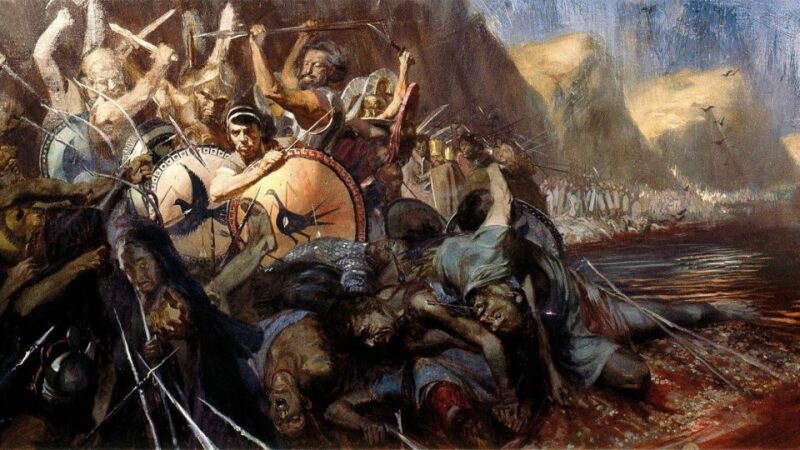
Beyond their renowned military prowess, Sparta’s archaeological sites offer a captivating glimpse into the city-state’s legendary past.
Visitors can explore the Archaeological Museum of Sparta, which houses an impressive collection of artifacts that shed light on Spartan culture and daily life. The museum’s exhibits include ancient armor, weapons, and pottery, as well as inscriptions that provide insights into Sparta’s political and social structures.
Another must-see is the Menelaion, an archaeological site that features the remains of a Bronze Age palace and a Classical/Hellenistic shrine.
Nearby, the Acropolis of Sparta offers stunning vistas and the chance to wander amidst the ruins of temples and fortifications that once stood as symbols of Sparta’s power and influence.
The Menelaion: Glorious Views
Perched atop a scenic hilltop, the Menelaion offers visitors a glorious panoramic vista of Sparta’s historic landscape.
This astounding archaeological site features the remains of a Bronze Age palace and a classical/Hellenistic shrine dedicated to Menelaus, the mythical king of Sparta.
Travelers can marvel at the breathtaking views overlooking the city and the surrounding mountains.
The Menelaion provides a unique window into Sparta’s illustrious past, allowing visitors to imagine the grandeur of this ancient power.
Whether you’re a history buff or simply seeking stunning vistas, a visit to the Menelaion is a must-do on any tour of Sparta and its legendary sites.
More Great Thing To Do NearbyMystras: The Byzantine Capital
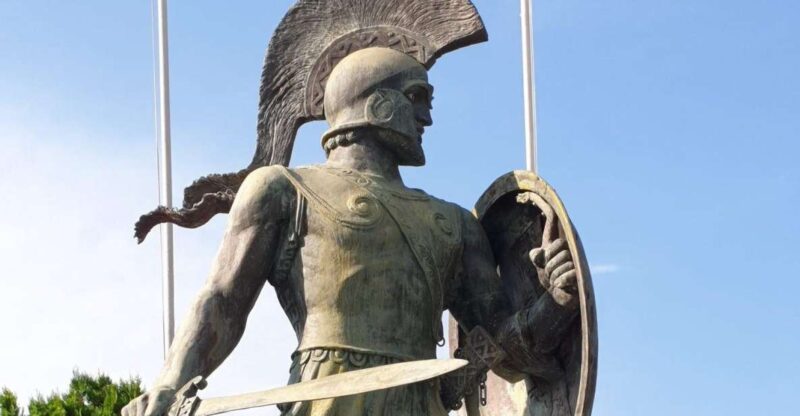
Mystras, once the capital of the Despotate of Morea and the second city of the Byzantine Empire, stands as a unique historical site showcasing the region’s rich Byzantine heritage.
Perched atop a steep hill, the ancient city offers a mesmerizing glimpse into the past, with its well-preserved Byzantine ruins, crumbling fortifications, and intricate churches.
Visitors can explore:
-
The Acropolis, home to the impressive Kastro (castle) and the Monemvasia Gate, which provides stunning panoramic views of the surrounding landscape.
-
The Metropolis Cathedral, a magnificent 13th-century structure adorned with stunning frescoes and intricate architectural details.
-
The Perivleptos Monastery, a beautifully preserved Byzantine monastery known for its exquisite wall paintings and serene ambiance.
Mystras is a captivating destination that transports visitors back to the glory days of the Byzantine Empire.
Exploring Mystras’ Byzantine Ruins
Wandering through Mystras’ Byzantine ruins, visitors are captivated by the city’s well-preserved architectural marvels that evoke the grandeur of the past. From the towering Kastro (castle) atop the acropolis to the intricate frescoes adorning the Metropolis Cathedral, each site offers a glimpse into the region’s rich cultural heritage. Exploring the ruins, one can’t help but marvel at the intricately carved stone buildings, ornate balconies, and Byzantine-style churches that once housed the vibrant community. As visitors wander the quiet streets, they are transported back in time, imagining the bustling activities that once filled these halls and plazas.
| Site | Highlights | Significance |
|---|---|---|
| Kastro | Sprawling castle with panoramic views | Seat of the Despotate of Morea |
| Metropolis Cathedral | Stunning frescoes and Byzantine architecture | Centerpiece of the city’s religious life |
| Pantanassa Monastery | Beautifully preserved monastic complex | Embodiment of Mystras’ spiritual legacy |
Highlights of the Tour
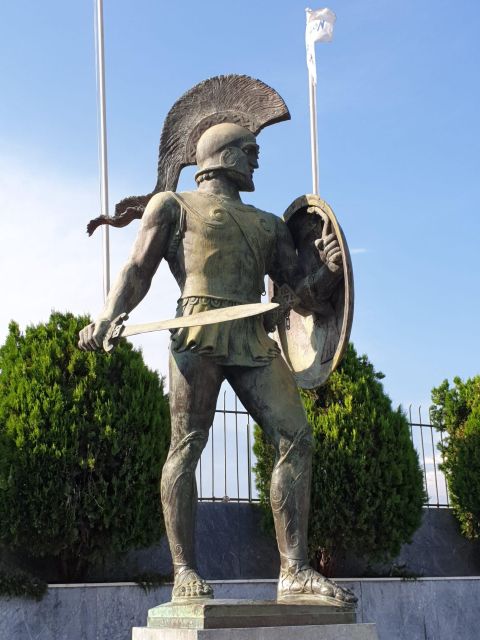
Exploring the birthplace of the legendary Spartan warriors, the tour takes visitors through the ancient city-state of Sparta, revealing its storied military legacy.
Guests marvel at the Archaeological Museum of Sparta‘s extensive collection, showcasing artifacts that provide insights into the Spartans’ rigorous training and disciplined lifestyle.
The tour then ventures to the Menelaion, an awe-inspiring site that features the remains of a Bronze Age palace and a classical/Hellenistic shrine, offering a glimpse into the region’s rich history.
Tour Logistics and Inclusions
The tour includes a 10-hour private excursion from Athens to the historic sites of Sparta and Mystras, with transportation provided in a comfortable, air-conditioned Mercedes Benz vehicle.
Entrance fees to the archaeological sites and museums are covered, allowing you to fully learn about the rich history of these legendary places.
The tour includes visits to the Archaeological Museum of Sparta, the Museum of the Olive and Greek Olive Oil, and the Acropolis of Sparta, as well as the iconic Menelaion and the well-preserved Byzantine ruins of Mystras.
Gratuities and personal expenses like food and drinks aren’t included, giving you the freedom to explore at your own pace.
Frequently Asked Questions
Was Sparta’s Military System Unique Among Ancient Greek City-States?
Yes, Sparta’s military system was unique among ancient Greek city-states. Sparta had a highly disciplined and professional army, with citizens undergoing rigorous military training from a young age, making it a formidable force in the ancient Greek world.
What Was the Significance of the Spartan Military Code of Honor?
The Spartan military code of honor emphasized unwavering discipline, bravery in combat, and loyalty to the state. This code fostered a warrior culture that prioritized military strength and made Sparta a formidable power in ancient Greece.
How Did Spartan Women’s Roles Differ From Those of Other Greek Women?
Spartan women had more rights and freedoms than other Greek women. They received physical training, could own property, and played an influential role in society. This contrasted with the more restricted lives of women in Athens and other Greek city-states.
Were the Ruins of Mystras Completely Abandoned After the Byzantine Era?
The ruins of Mystras were not completely abandoned after the Byzantine era. The site remained inhabited, though much diminished, throughout the Ottoman period until the early 20th century when it was largely abandoned and became an archaeological site.
Are There Any Modern-Day Events or Traditions That Link to Sparta’s Legacy?
Today, Sparta’s legacy lives on through historical re-enactments, athletic competitions, and cultural festivals. The Spartathlon ultramarathon and the Leonidas Run are two events that honor the city’s renowned warrior tradition.
Recap
Sparta’s enduring legacy as a military powerhouse and Mystras’ impressive Byzantine architecture make this region a must-visit for history enthusiasts.
From the rigorous Spartan training to the stunning cathedrals and fortifications, this tour offers a glimpse into the area’s illustrious past, providing an immersive experience for travelers seeking to explore the legendary period of Greece.
You can check if your dates are available here: